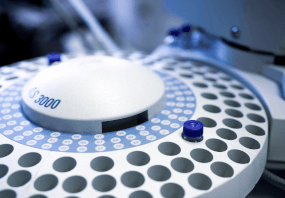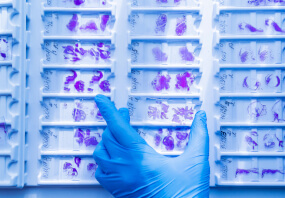General description
Lectins are carbohydrate-binding proteins, omnipresent, found in fungi, plants and animals. The structure of lectin is diversely studied in plants and animals. The secondary structure of this protein is rich in β-strands and possesses carbohydrate binding sites on the surface.
Application
Lectin from Bandeiraea simplicifolia (Griffonia simplicifolia) has been used for microglia detection in murine astrocytes culture by staining the culture with lectin BS1-B4. It has also been used in the preparation of staining solution to incubate the tissue sections.
Biochem/physiol Actions
Lectin is known to be useful in glycoconjugate characterizing, imaging and targeting. Its use in a microarray assay, enable efficient glycome profiling, because of its specific interaction with oligosaccharides, glycoproteins and glycolipids. In plants and fungi, lectin defends against pathogens/feeders. Lectin participates in host recognition and tissue adhesion, thereby aids in the pathogenesis of microorganism.
BS-I has a major affinity for terminal α-
Packaging
Package size based on protein content by Lowry.
Other Notes
BS-I is a tetrameric lectin consisting of two types of subunits designated A and B. There are five BS-I isolectins with different subunit composition: BSI-B4, BSI-AB3, BSI-A2B2, BSI-A3B and BSI-A4. BSI-B4 is blood group B specific and has an exclusive affinity for terminal α-
Analysis Note
Agglutination activity is expressed in μg/mL and is determined from serial dilutions of a 1 mg/mL solution using phosphate buffered saline, pH 6.8, containing, for each lectin, calcium, magnesium, and manganese at different concentrations. This activity is the lowest concentration to agglutinate a 2% suspension of appropriate erythrocytes after 1 hr incubation at 25 °C.
- UPC:
- 51303202
- Condition:
- New
- Availability:
- 3-5 Days
- Weight:
- 1.00 Ounces
- HazmatClass:
- No
- MPN:
- L2895-.2MG





